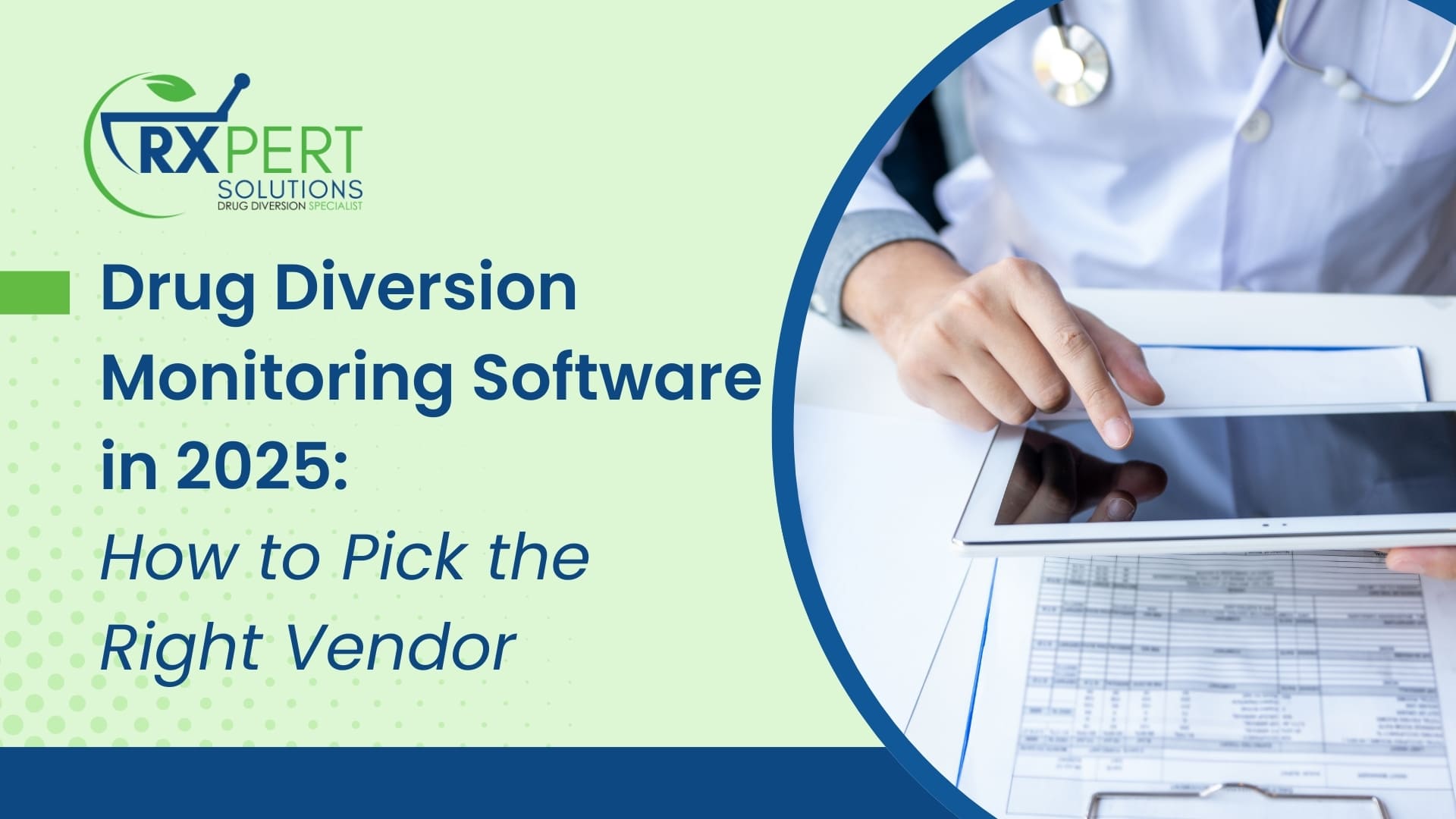One of my main focuses in these blog posts is drug diversion. Unfortunately, there are many hospitals out there who don’t monitor for drug diversion, whether large hospital entities or independent stand alone hospitals. If a hospital does not monitor for drug diversion, they would also not be monitoring for, by default, poor practice. When I say “poor practice” I am mainly talking about nurses, but one could certainly identify a poor practice within the pharmacy as well. Poor practice is a survey finding risk because it most likely means hospital policies are not being followed, and it can be a patient safety risk as well. Sure, sometimes we stumble on a poor practice issue in talking with staff or investigating a medication error, but until we actually audit nursing activity, we will not have a comprehensive picture of nursing practice. Sometimes the poor practice will be a work around and actually lead you to improvements the staff has known for a long time was needed. Sometimes the poor practice will be lack of knowledge or plain risky behavior that has developed over time, and sometimes poor practice actually ends up being diversion.
A few examples of poor practices I have identified when starting a diversion monitoring program:
- Long delays in waste
- Long delays in charting administrations
- Charting administration prior to med removal
- Re-use of single dose syringes
- Routine failure to chart pain scores for as needed pain medications
- Routine use of multiple CNS depressants at the same time
- Routine nurse hand off (the nurse who removed the medication is not the nurse who administers)
Sometimes I’ll find the poor practice is unit wide, meaning that is the practice on the unit as a whole. Other times, the poor practice seems to be restricted to an individual. Either way, it needs to be changed in order to be in compliance with policies, improve patient safety, and take one step closer to identifying possible drug diversion. If you can’t get your hospital administration to come on board with drug diversion monitoring, consider shifting your focus to poor practice monitoring.





